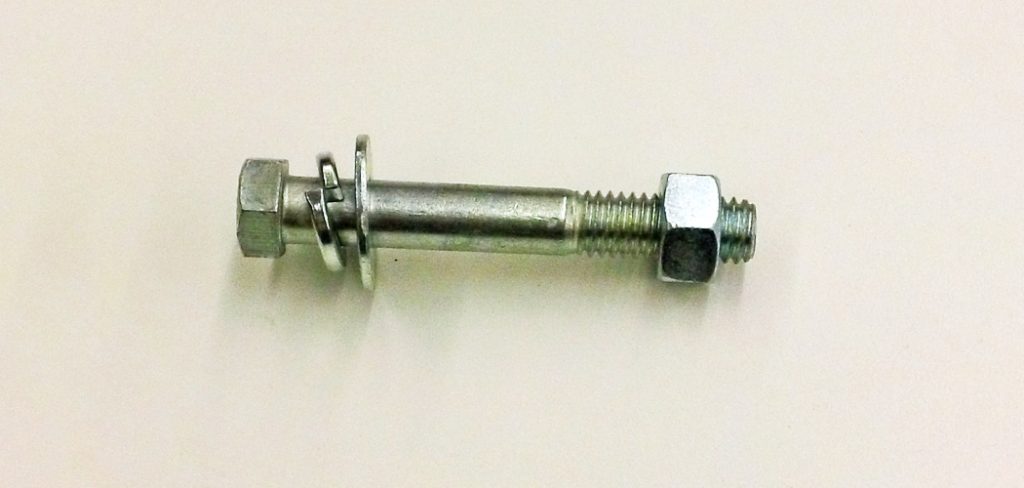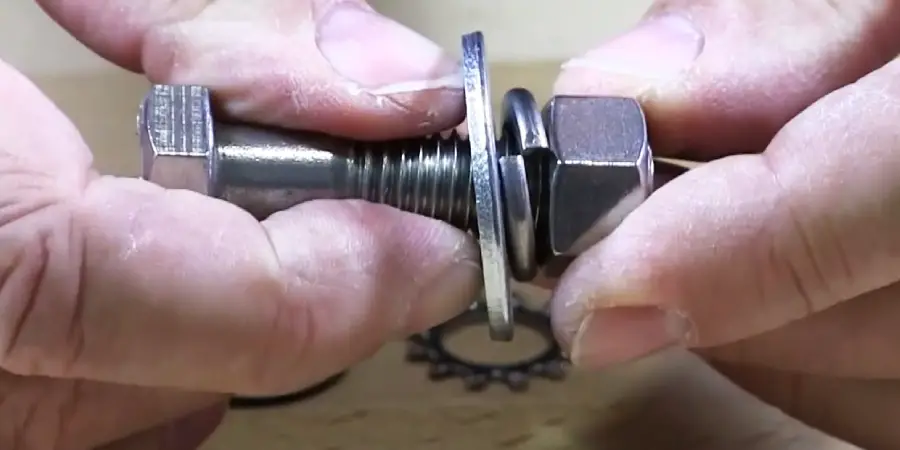You’ve probably come across the dilemma of whether or not to use a lock washer with a flat washer. It’s an excellent question to ask and one that has a few different answers. In this article, we’ll explore the pros and cons of using a lock washer with a flat washer and help you decide if it’s a good or bad idea for your project.

Some Factors to Be Considered
Although the topic of this article may appear straightforward, it has its complexities. In the market, there are several variations of Lock Washers and Flat Washers, and it is essential to note that not all Lock Washers can be used with Flat Washers.
On the other hand, Flat Washers may seem like a convenient solution, but they may only be appropriate in some cases and can cause breakage.
It is essential to consider the material of the washers as a difference in the material can also lead to issues.
To prevent this article from becoming overly complicated, I will not go into a detailed discussion of the topic. However, if you have any specific questions or areas of confusion, feel free to ask in the comment, and I will provide the necessary information to address your concerns.
Why People Use lock Washers with flat Washers
I have asked many individuals why they couple a lock washer with a flat washer. Here are some reasons I have gathered based on their views and other sources.
Prevent Cracks or Leaks
When using a lock washer on plastic or soft material, a flat washer is often used first to prevent the formation of cracks or leaks. The larger surface area of the lock washer helps to distribute the pressure of the fastener over a larger area, thus reducing the chance of damage to the surface.
Damage to the Surface
A large amount of friction the lock washers create can cause damage to the surface over time, potentially leading to more significant problems.
Properly Adjusted
In certain circumstances, a flat washer may be necessary to support the lock washer if it cannot be placed on a broken or uneven surface. This ensures that the lock washer is appropriately placed.
Enhanced Strength
People believe a flat washer provides extra strength to a lock washer, which is only partially accurate. In some cases, a flat washer can enhance the strength of a lock washer.
How to use
When installing two washers, the use of a lock washer with a flat washer is a straightforward process. To use them, follow the basic rule of installation. Please refer to the full article for a more in-depth understanding of this procedure.

- At the start of the project, ensure the lock and flat washers are the correct sizes. Please make sure the lock washer is the same size as the nut to ensure it doesn’t come out. The flat washer can be slightly larger without any issues.
- Put the flat washer on the bolt, followed by the lock washer on top of the flat washer. Split Washers, Internal/External Tooth usually work well with flat washers without causing any issues.
- Begin threading the nut onto the bolt with the washers already in place. As the lock washer is tightened, it will create tension on the nut and bolt. After the nut has been threaded to its fullest, use a wrench to secure it. This will ensure the nut and bolt remain tightly connected and will not come loose.
& Done!
Benefits
Protection of the Surface
The flat washer helps to protect the surface from the damage caused by the lock washer. This is especially useful for soft material surfaces, such as plastic & Wood, where the pressure of the lock washer could cause cracks or leaks. The larger surface area of the flat washer helps to distribute the pressure of the fastener over a larger area, thus reducing the chance of damage to the surface.
Create a Plain Surface
The flat washer helps to create a plain surface, ensuring that the lock washer is placed correctly and not shifting due to any unevenness in the surface.
Negative Aspects
Loose Lock Washer Grip on the Surface
There is a risk of the lock washer becoming loose due to vibration, as the lock washer cannot grip the surface directly, and the flat washer cannot generate enough friction to keep it in place.
More Cost
Using a lock washer and a flat washer can be more expensive than just using a lock washer alone, as the additional cost of the flat washer must be considered.
Typical Mistakes We Make
The most common mistakes made when using a lock washer and a flat washer are:
Using More Than One Washer
The most common mistakes when using a lock washer and a flat washer are using more than one washer or putting flat washers above and below the lock washer. This is unnecessary and can weaken the joint’s strength due to excess weight and stress.
Washer Placed Incorrectly
It is essential to check that the washer is correctly placed. If the surface sitting on is curved or uneven, the washer may move or create a gap underneath, which can be dangerous.
In Summary
Lock washers are usually sufficient on their own, but in some instances, a flat washer may be necessary to provide additional support. This article explains the full details of when this may be needed. If you have any questions, please don’t hesitate to comment below. If you found this article helpful, please share it with your friends!
Read also – How to Lock a Nut on a Threaded Rod
